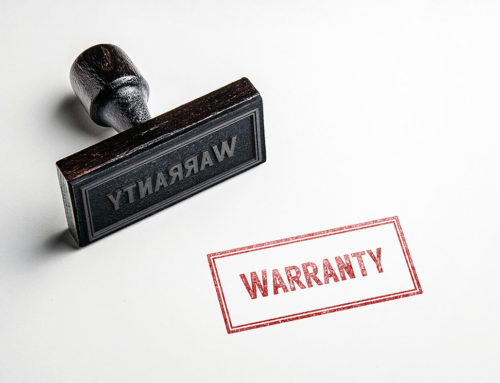
The goal for ground-based satellite audio and video services is to be online 24/7. Any unplanned service interruption or equipment breakdown has a negative impact on customer satisfaction, industry revenue, and profit margins. Industry professionals generally accept that lightning activity is responsible for 5% of all claims each year. Lightning has proven a notorious root cause of extended periods of downtime due to communication equipment damages and disruptions in all industries.
Lightning’s destructive potential can be mitigated with a comprehensive lightning protection system, which includes the implementation of proper grounding techniques, installation of surge protection devices (SPDs), and appropriately applied lightning protection. Alltec’s Protection Pyramid represents this framework. Its application significantly reduces the likelihood of a satellite communication system suffering lightning related damage or operational disruptions.

Grounding & Bonding for Satellite Facilities
The primary goal of an Earth grounding system is to maintain a low resistance between the Earth grounding electrode(s) and the surrounding soil and is represented by the base layer of the Protection Pyramid. As the ground resistance is reduced, a higher level of lightning immunity results.
Although the National Electrical Code Article 250.52 requires the resistance value between the Earth and the grounding electrodes to not exceed 25 ohms to maintain ground system safety and integrity, lowering ground resistance values as close to 1 ohm as possible further enhances the facilities protection against lightning related damage. A cellular tower provider typically seeks to achieve less than 5 ohms of ground resistance.
There are numerous variables to consider during the design and implementation of a grounding system; many having nothing to do with the actual grounding components. Factors to evaluate are the physical and chemical properties of the soil, soil moisture and oxygen content, along with climatic temperature and seasonal weather variations that alter soil resistivity. If a communication site does not have a comprehensive grounding system drawing in place when planning for expansion, then simply augmenting the existing grounding system for added growth may be inadequate. An undisciplined approach increases risk factors upon the entire facility and staff.
A properly installed grounding system may ultimately consist of an elaborate array of grounding electrodes, soil enhancement materials, and complex installation and bonding techniques. A compromised or corrupted ground system or component not only poses a serious threat to human safety, but also prevents any ground referencing SPD or lightning protection equipment from performing to its full capacity.

Surge Protection for Satellite Facilities
Satellite and broadcast communication facilities rely on sophisticated electronic equipment that isn’t tolerant to transient events. In addition, a compromised neutral/ground bond can create dangerous temporary overvoltage (TOV) events between at least one phase conductor and the ground reference. It is for this reason the second tier of Protection Pyramid requires installation of high-quality surge suppressors.
SPD industry standards have evolved in recent years and now require additional safety testing. Most SPD failures are typically caused by temporary over voltage (TOV) events rather than transient surge activity. While most surge suppressors can easily withstand a momentary voltage burst, they fail catastrophically when subjected to a sustained overvoltage that is high enough to force them into continuous conduction.
SPD safety was enhanced starting in February 2007 when UL 1449 was revised to include additional testing. SPDs are now subjected to a series of abnormal fault current scenarios and are required to conduct various amounts of fault current until they fail in a safe and orderly fashion. SPD products manufactured before February 2007, without redesign or augmentation, do not meet the new enhanced safety requirements. A strong argument can be made that SPDs manufactured before February 2007 that are still in service present a significant safety concern and should be replaced.

Lightning Protection for Satellite Facilities
The final level of the Protection Pyramid addresses protecting sites from harmful direct lightning strikes. A well-designed lightning protection system will meet NFPA 780 and UL 96A standards. The most common and best-known lightning protection system is the traditional lightning rod or Franklin Rod system. Traditional systems are designed to carry massive amounts of lightning energy safely to the ground through a network or metal rods and cables, thus, protecting the structure from fire related hazards. While the levels of protection delivered by the Franklin system were once thought adequate, it can no longer be relied upon to be the sole protection means for modern equipment loads. Charge Dissipation Systems, for example, can be utilized to counteract the charge differential that attracts a lightning strike to a structure. These devices are highly recommended for use on critical equipment sites to reduce the likelihood of being struck directly by lightning.
Lightning protection systems based upon the Protection Pyramid have been developed for today’s communication industry where towers, masts, and other tall structures are utilized. These communication systems when designed properly, employ a combination of lightning mitigation technologies, grounding techniques, and quality surge protection devices to deliver premium levels of lightning protection for human beings, physical structures, and sophisticated electronic equipment.










